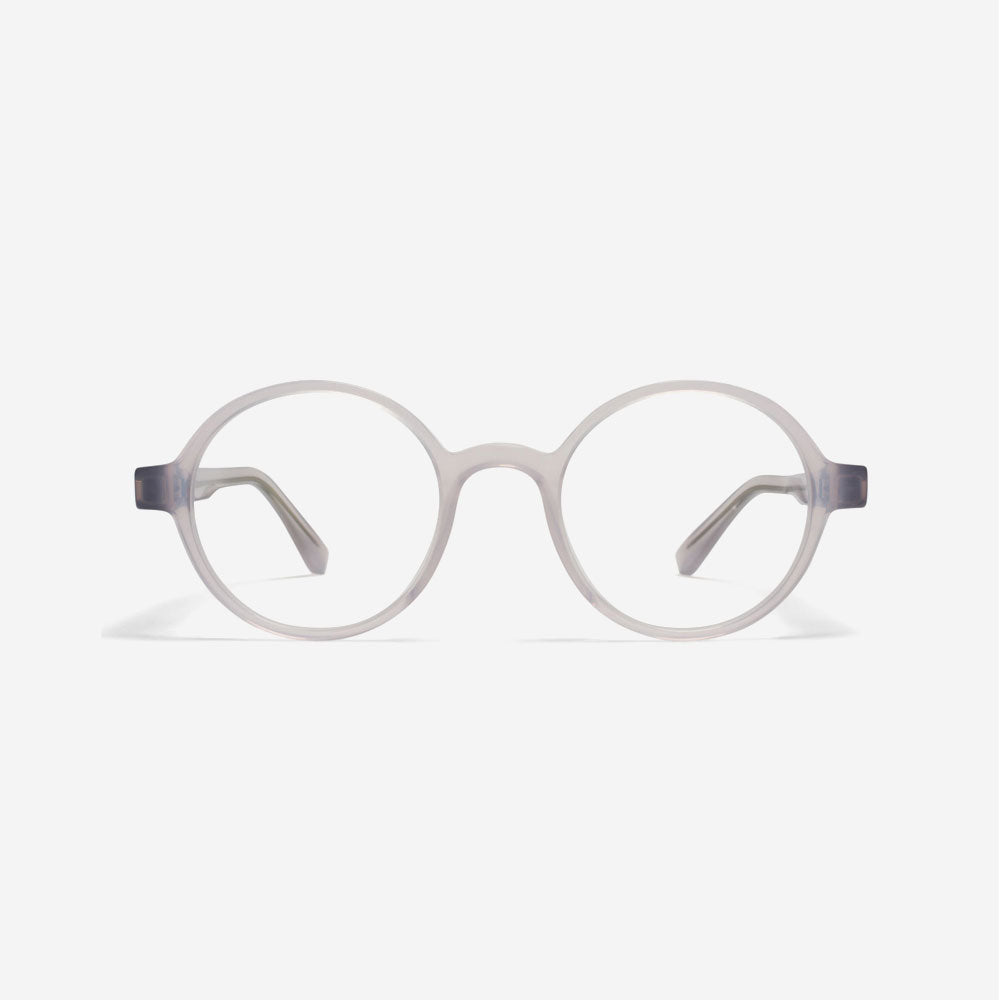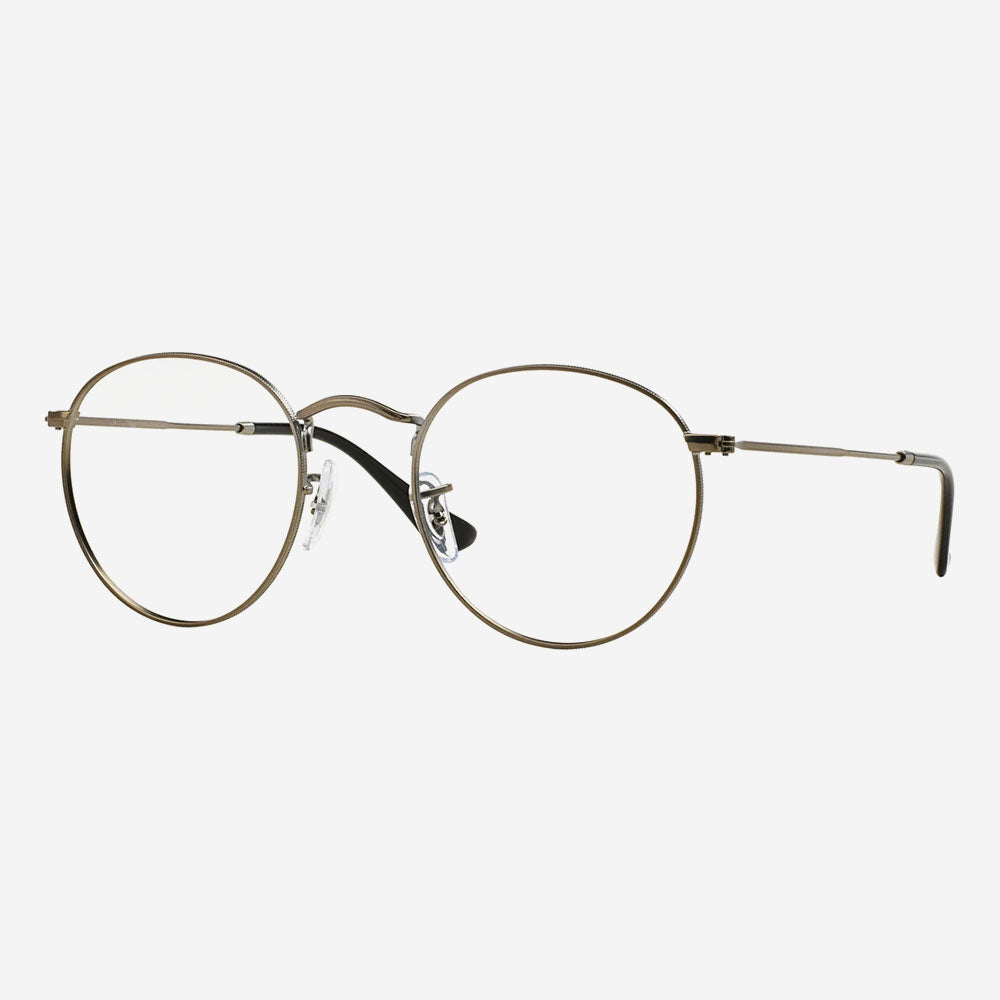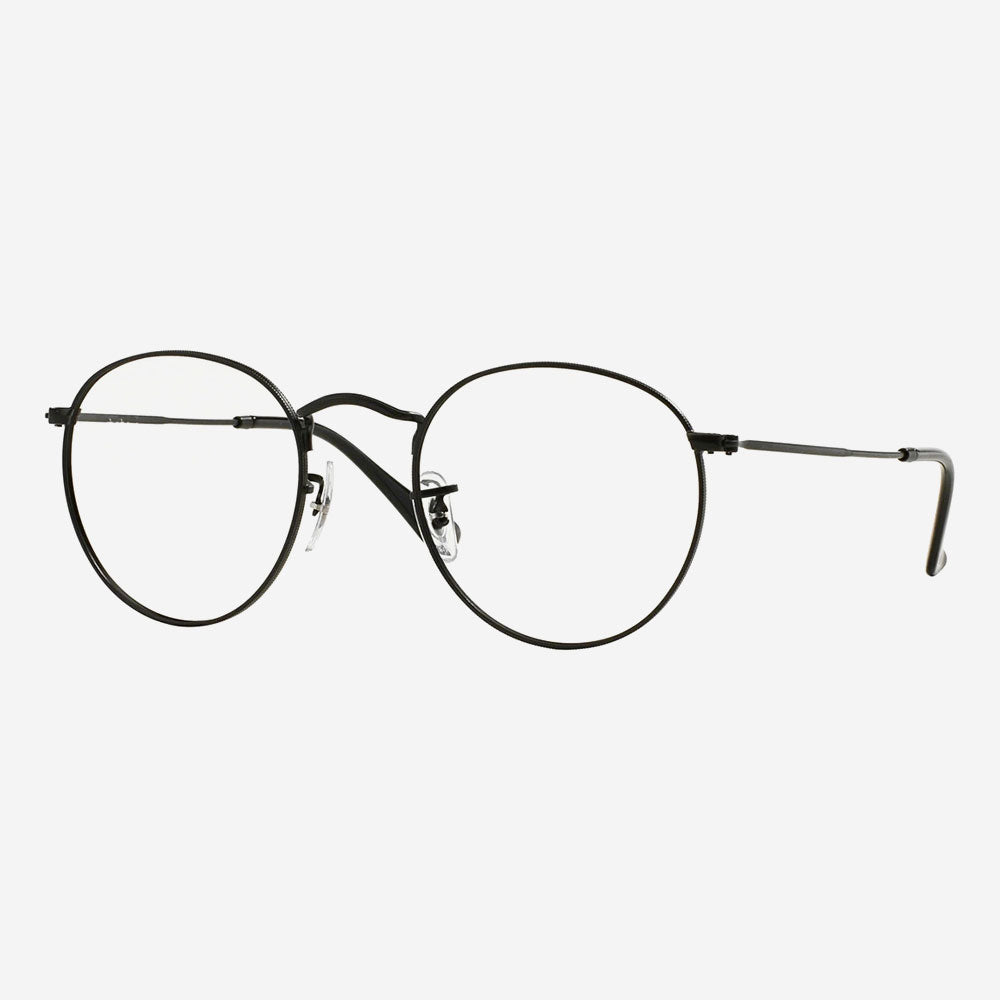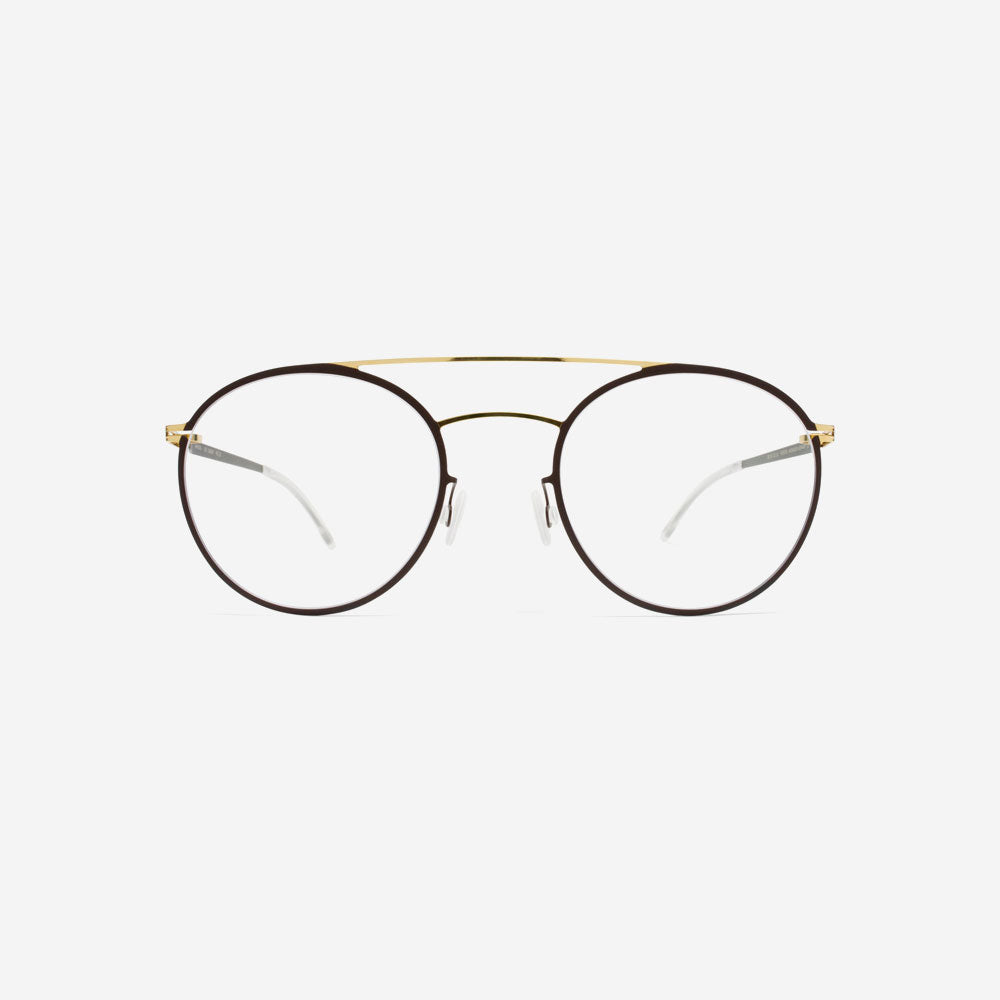
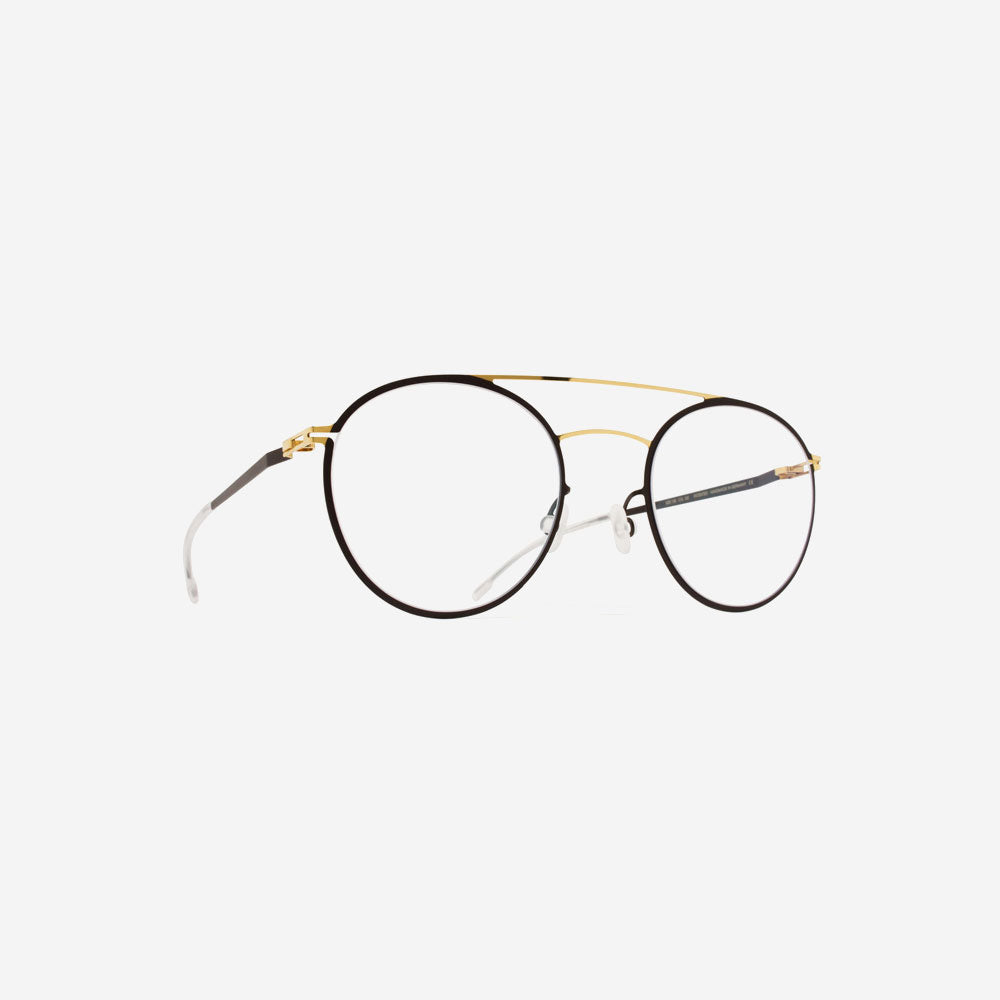
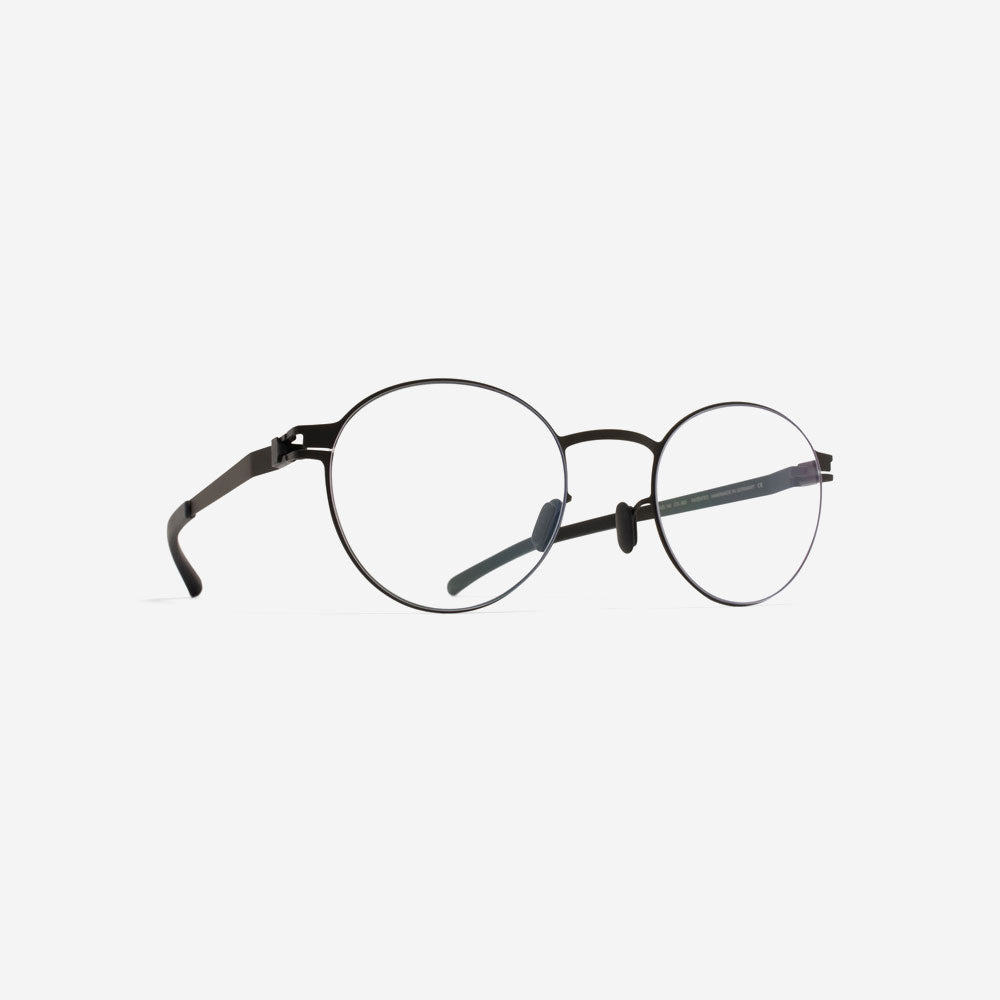
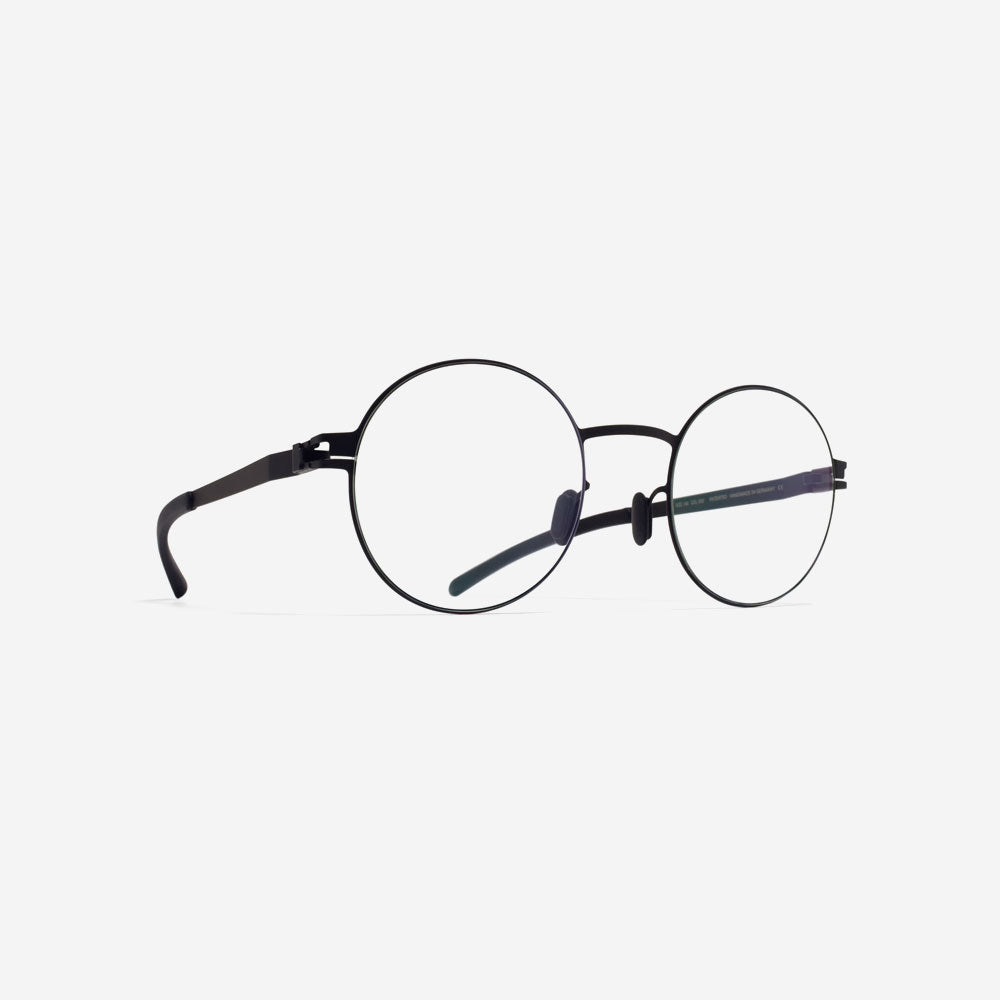

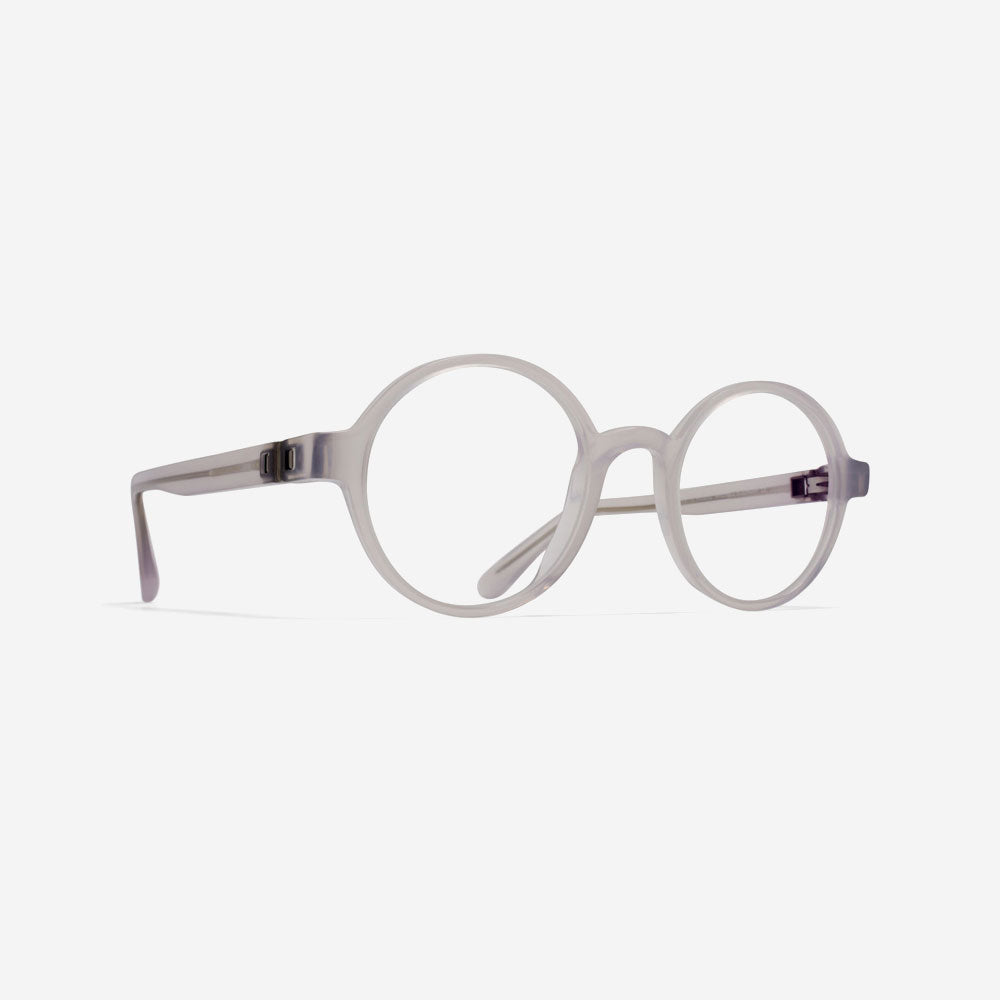






Feugiat Viverra
Sunglasses, spectacles with tinted lenses, were originally a purely practical safety device, designed to protect the eyes from excess sun and glare. In the twentieth century, however, they became an important fashion accessory, whose use and meaning continues to evolve.
Sun Glasses To Sunglasses
Tinted spectacles were made in Europe as early as the seventeenth century, but were used because they were thought to be beneficial to the eyes, or to conceal the eyes of the blind, and were not "sunglasses" in the modern sense. The need for eyewear to protect the eyes against sun and glare first became apparent in the mid-nineteenth century, when early polar explorers and high-altitude mountaineers experienced snow-blindness, and spectacles and goggles with tinted lenses were developed, some with side shields of glass or leather. (The Inuit used slit snow-goggles of wood or bone, which covered the eyes.) As increasing numbers of Europeans and Americans were exposed to the strong sun of tropical and equatorial colonies and territories, dark glasses began to be worn there as well.
Sunglasses became more widely available in the 1880s, when bathing and holidays by the sea became popular with the general public; by 1900, inexpensive tinted glasses (now known as "sun glasses") were sold by seaside vendors, and worn by English tourists in Egypt to reduce the desert glare. The invention of the automobile, and the popularity of motoring as a fashionable leisure activity, also brought protective eyewear into common use, and tinted motoring goggles were available by the 1910s.


